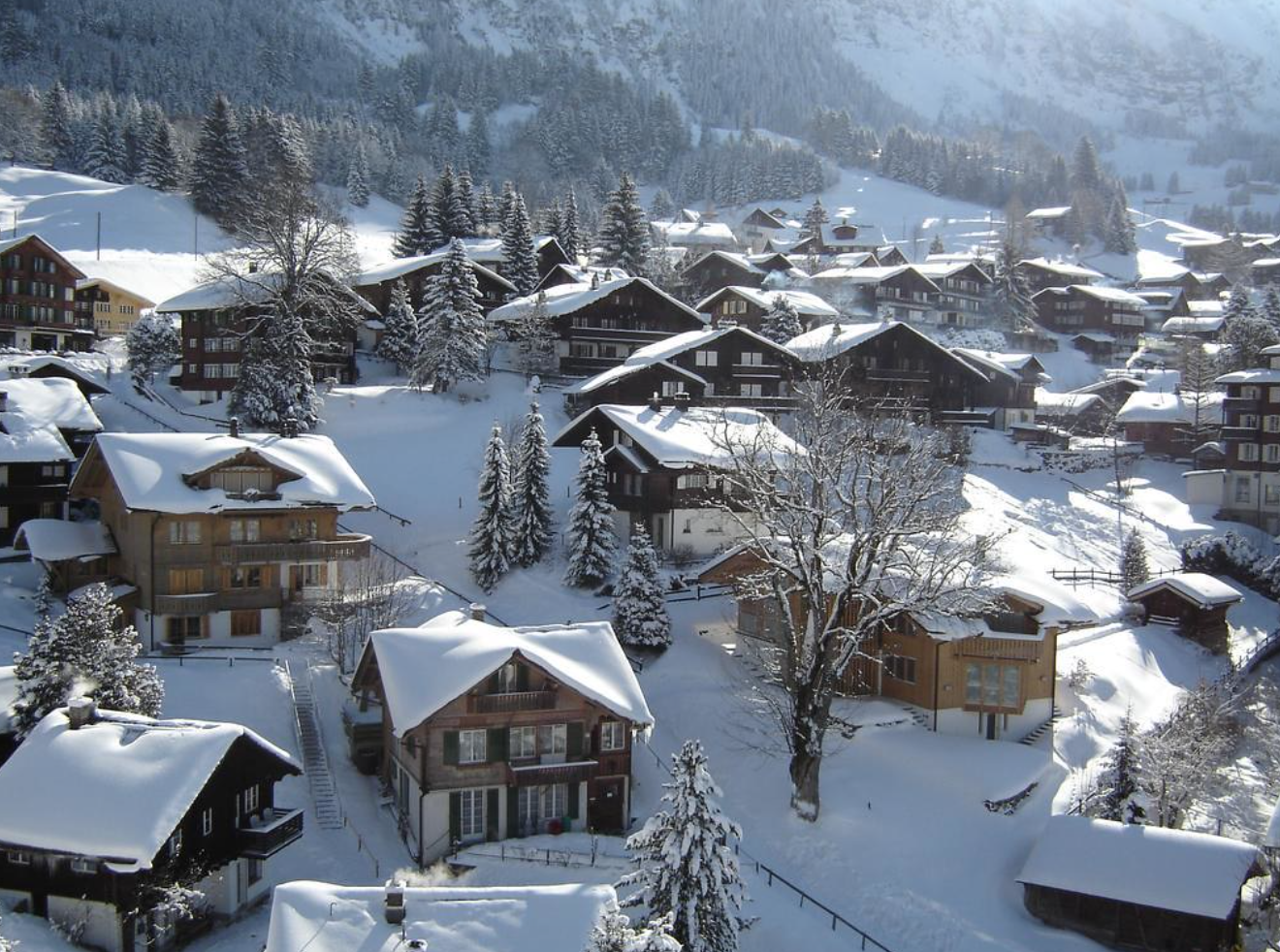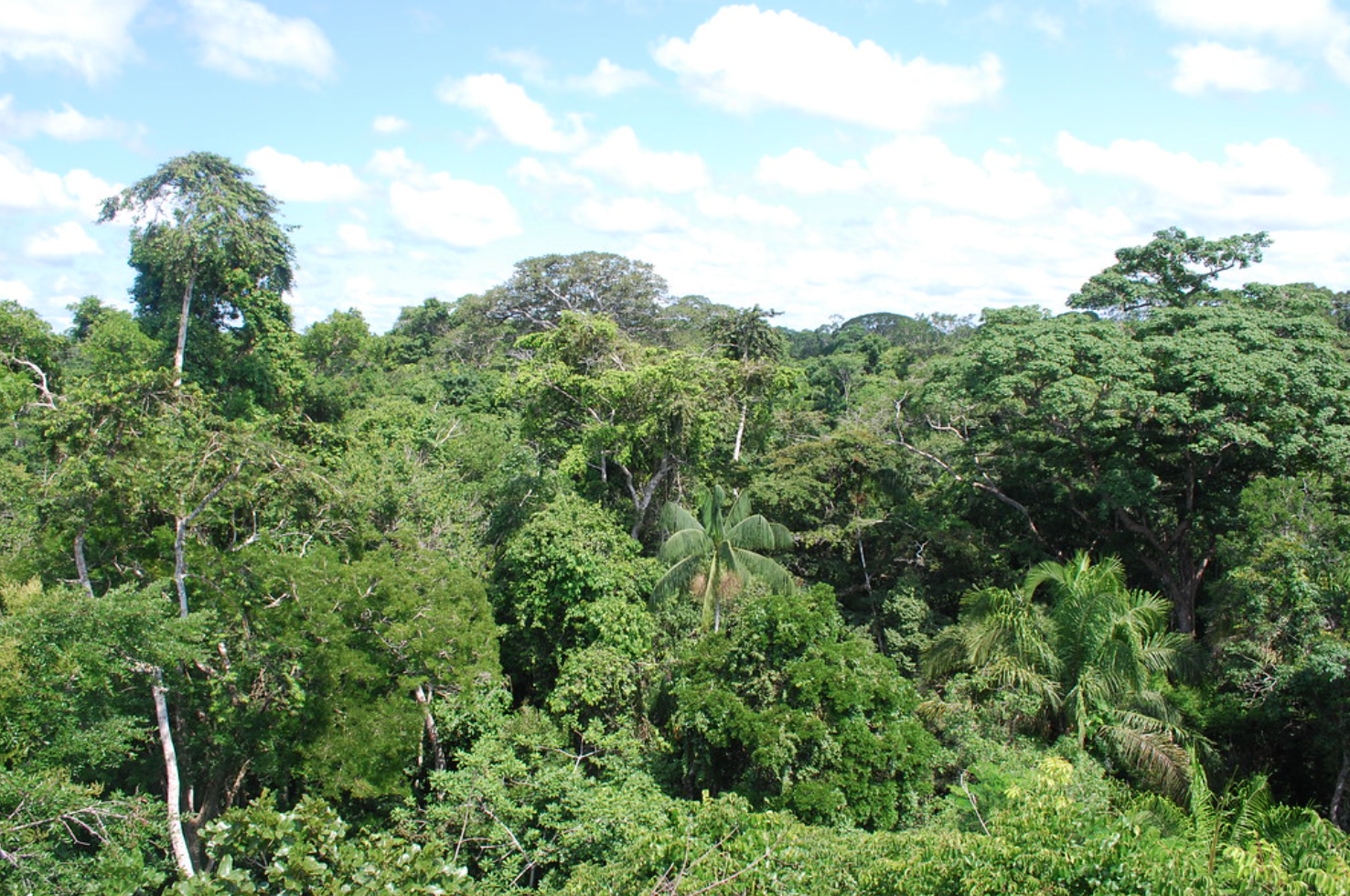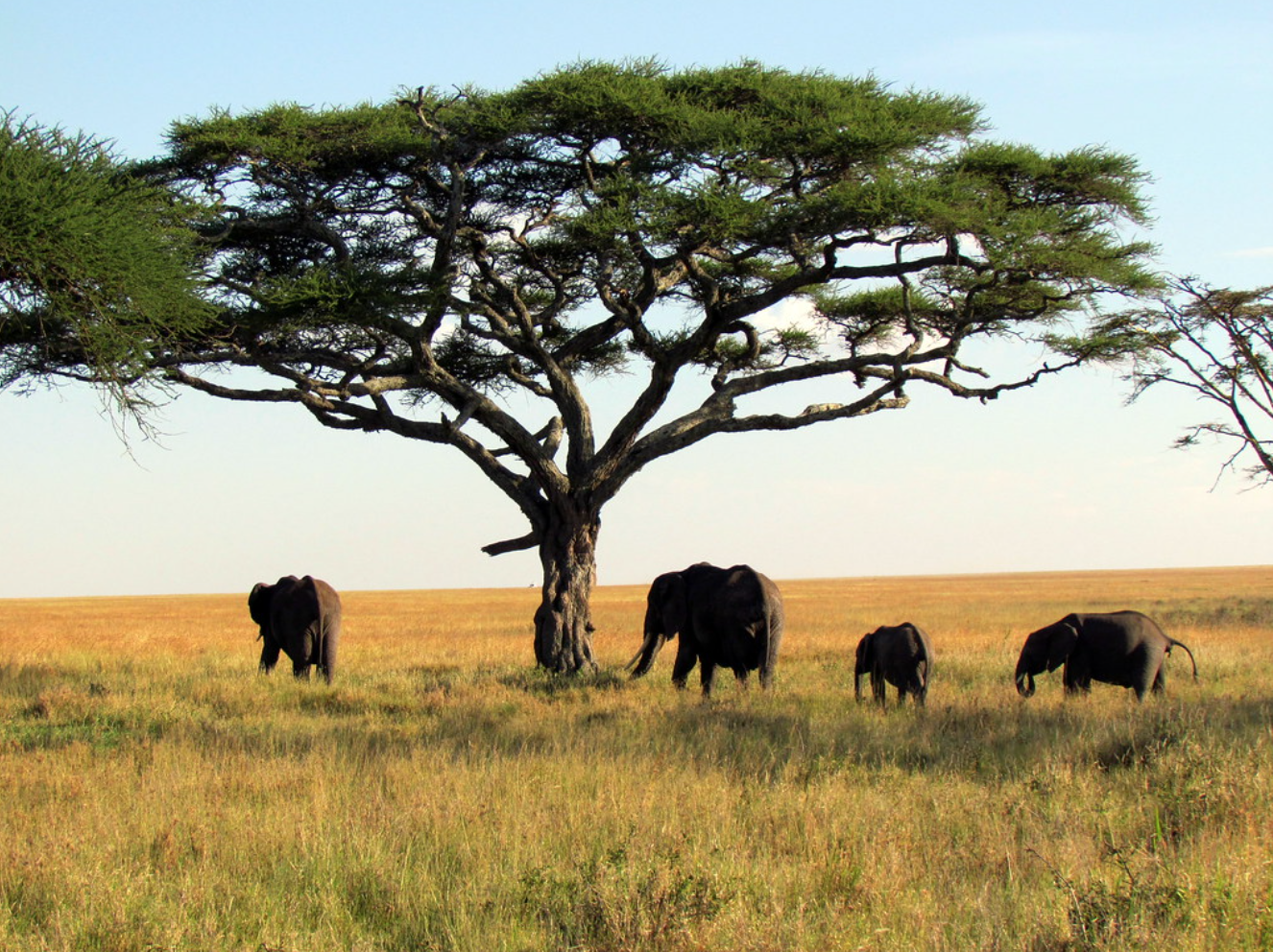Michelle Tian
As urban spaces dominate more and more of the world, it is important to remember the natural beauty the Earth has to offer. Here is a list of 7 less popular but equally enchanting wonders.
An alpine lake in Italy. Son of Groucho. CC BY 2.0
The 7 Natural Wonders of the World have been popular destinations for tourists. From The Barrier Reef in Australia to The Harbor of Rio De Janeiro in Brazil, rolling landscapes and stunning views of Mother Nature get worldwide attention from travel lovers. However, there are many more natural wonders to be explored, many of which are equally remarkable.
As the world changes and travelers seek the less trodden path, here are seven places to keep in mind for your next adventure.
1. Mosquito Bay
Puerto Rico
Bioluminescence. Timothy M Roberts. CC BY-SA 2.0
Although the name may turn some heads away, Mosquito Bay in Puerto Rico is known for the brightest bioluminescent effect in the world. What this means is that the water will glow at night due to the emission of light by living organisms in the water. In this specific body of water, an animal named Pyrodinium bahamense, Dinoflagellates (dinos) produce the visible light. These “dinos” glow when shaken or after bumping into another organism.
Located on the southern shore of the island of Vieques, the “Bio Bay” is best experienced during a new moon. Deeply affected visitors often describe their experience as magical.
2. Canadian Rockies
British Columbia & Alberta
Canadian Rockies. Peggy2012CREATIVELENZ. CC BY 2.0
Spanning the provinces of British Columbia and Alberta, the Canadian Rockies are a world-famous mountain range, known for their stunning natural views. And while the pristine, vibrant colors tend to show during the summer, many Canadians will take on the powdered snow in the winter for its three parks: Banff, Jasper, and Yoho. When tourists come and flock to the Rockies during the summer, it’s common for them to visit a few popular locations: Banff National Park, Moraine Lake and Canmore.
It has also been home to Indigenous people since roughly 10,000 BCE, who have been instrumental in preserving the environment of the area.
3. Pink Lake
Australia
Pink Lake. James St. John. CC BY 2.0
While most famous lakes are popular due to their stunning blue waters, Pink Lake in Australia’s Goldfields-Esperance region is known for its bright pastel color.
The lake has a higher salinity level than sea water, and the temperature is sufficiently elevated, its algae — known as Dunaliella Salina — starts to produce a red pigment called beta carotene. This grows at the bottom of the lake in the salt crust and is not toxic to humans.
4. Grindelwald
Switzerland
Grindelwald. dominiekth. CC BY 2.0
Located in south-central Switzerland, Grindelwald is an Alpine village and municipality scattered on the slopes of the Lütschine Valley. This picture-perfect village is surrounded by mountains and is known for its wide variety of outdoor activities during all seasons — and also shopping.
The easiest way to get to Grindelwald is by taking a cable car. Approximately a 25-minute ride away, this community has lots to offer, including challenging hikes in the summer and thrilling attractions such as First Glider and First Flyer.
5. Amazon Rainforest
Brazil
Amazon Rainforest. Ivan Mlinaric. CC BY 2.0
The Amazon Rainforest is arguably one of the most important places on our planet. Known as the “lungs of the Earth,” due to its oxygen output, it covers 1.4 billion acres of dense forests, which is half of the planet’s remaining tropical forests. The landscape also contains the 3977-mile-long Amazon River and spans eight countries: Brazil, Bolivia, Peru, Ecuador, Colombia, Venezuela, Guyana and Suriname.
This vibrant ecosystem has over 3 million different animal species living within, and over 2,500 tree species — one-third of all tropical trees that exist on Earth — make up the biome. Biodiversity is a key component in making this rainforest as lively as it is, but it is threatened by human activity.
6. Zhangjiajie National Forest Park
China
Zhangjiajie National Forest. john0philip. CC BY-SA 2.0
While this next wonder may be called a park, it certainly looks quite different from the ones you may be used to. Zhangjiajie National Forest Park resides in the central-eastern area of China in the Wulingyuan Scenic Area.
The park consists of dense forests, deep ravines, deep canyons, unusual peaks, caves and pillar-like rock formations, formed from physical erosion due to the abundant rain. It is a Chinese landscape that has inspired many artworks, including the fan-favorite movie “Avatar.”
7. Serengeti National Park
Tanzania
Serengeti National Park. David Berkowitz. CC BY 2.0
The Serengeti National Park in Tanzania is famous for being the location of the Great Wildlife Migration, which involves two million wildebeests, zebras and antelopes, often included among the most impressive natural events of the world. The animals engage in a long annual trek in search of pasture and water, traveling over 600 miles in a journey that spans Kenya and Tanzania.
Most travelers tend to go visit the park during the dry season, which takes place from late June to October, for a safari tour. It isn’t uncommon to see a variety of animals gathered together around rivers and waterholes to quench their thirst, but it is still accessible during the wet season when rains turn the dry landscape into a lush, green oasis.
Michelle Tian
Michelle Tian is a senior at Boston University, majoring in journalism and minoring in philosophy. Her parents are first-generation immigrants from China, so her love for different cultures and traveling came naturally at a young age. After graduation, she hopes to continue sharing important messages through her work.









